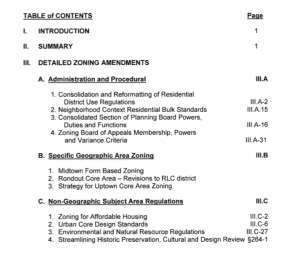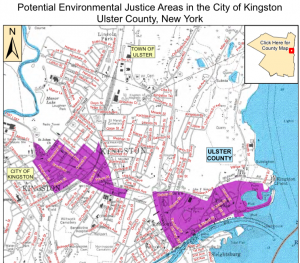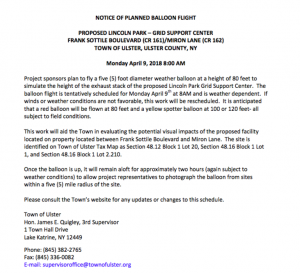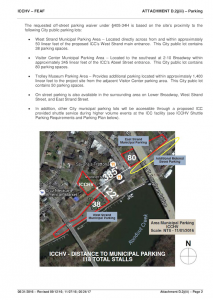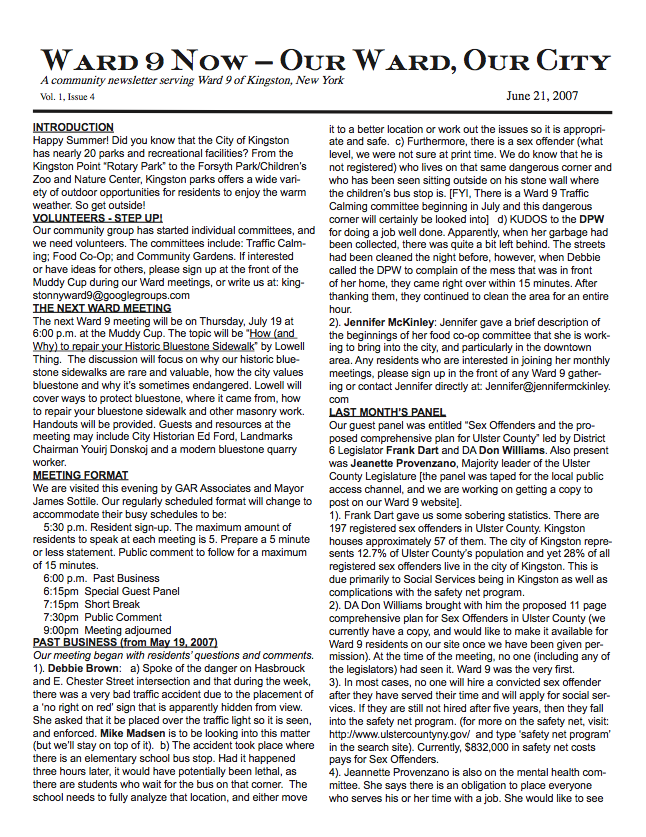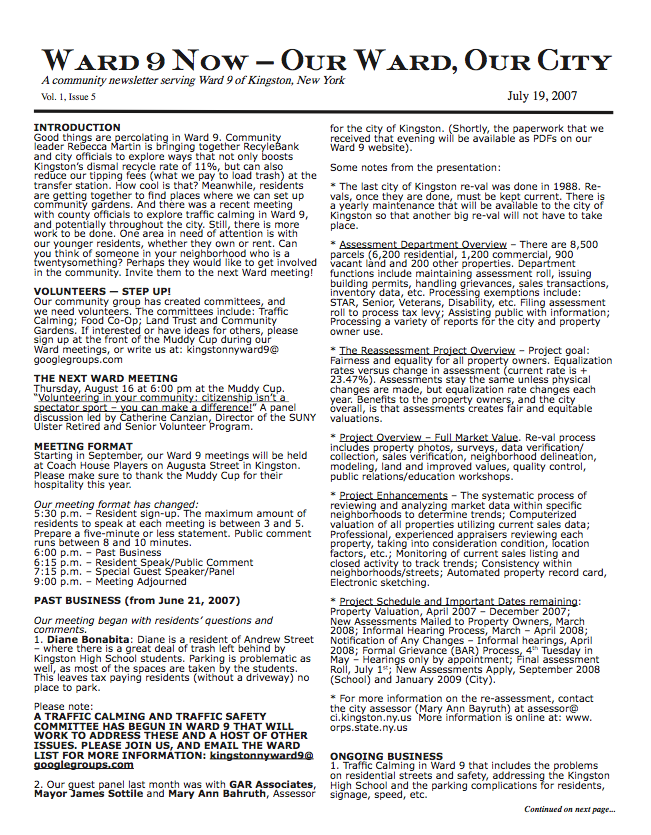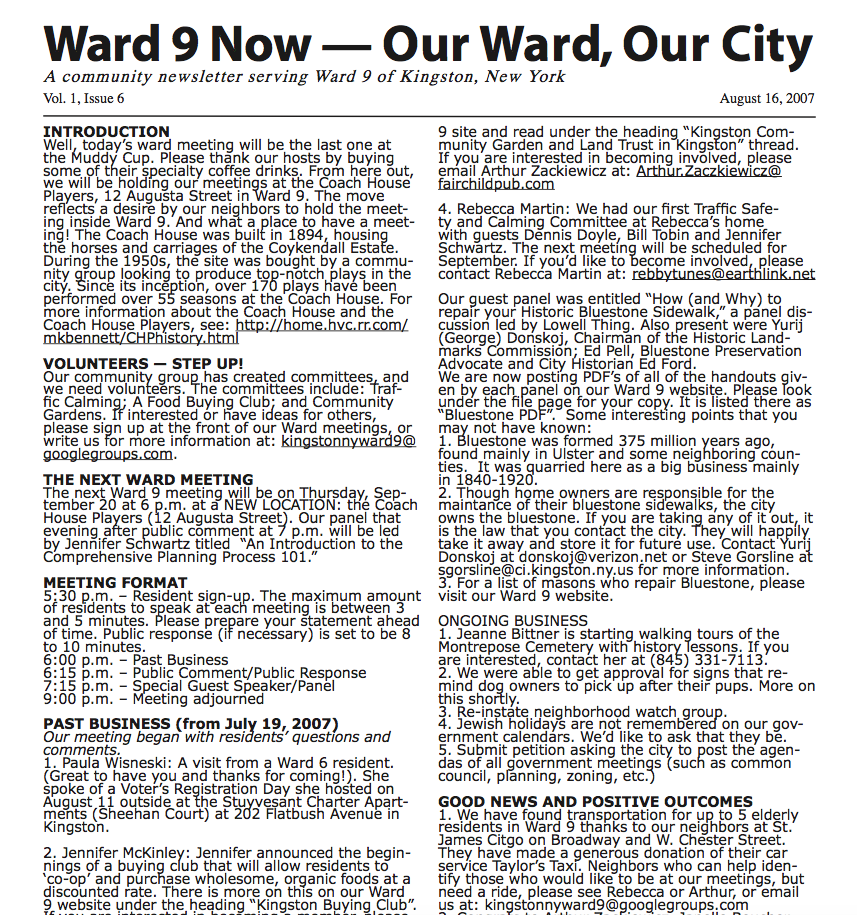By Rebecca Martin
Please read to the end to review the call to action.
In December of 2017, the consultant Shuster/Turner Planning & Zoning Consultants, hired to lead Kingston in its Comprehensive Planning (CP) process, completed its work by submitting its CP Zoning recommendations.
The recommendations, shaped in part by a CP Zoning Sub-Committee of appointed citizens that met sporadically over the years, were uploaded to the City of Kingston’s website in January of 2018. VIEW
There have been many concerns voiced both publicly and in private, with whispers throughout historic, planning and zoning circles about this document. Those concerns were heard, and seemingly addressed by the Mayor of Kingston, in his state of the city address this year:
“In 2018….my administration will be focusing on overhauling our Zoning Code…I want to thank the past members of the Comprehensive Plan Zoning Sub-Committee for their work over the past few years reviewing our zoning and recommending changes to ensure we are consistent with State law. In 2018, I will be launching the second stage of the zoning update and will be recruiting local volunteers to delve into such complex subjects as affordable housing, urban agriculture, parking and parking waivers, form-based codes and much more. This work is necessary in order to ensure that our zoning is consistent with our Comprehensive Plan, spurs responsible economic development and preserves our community high quality of life.”
Currently, the Mayor is determining some sort of new CP Zoning group, and a process in how citizens will be able to participate. That was a bold move, and we all appreciated his leadership on the matter then.
City of Kingston Corporation Council Submits Legislation to Kingston Common Council, Applied to the Council Laws and Rules Committee.
While we wait, on March 28th, the City of Kingston’s Corporation Council Daniel Gartenstein submitted a communication to the common council requesting that, “In the interests of coordinating the review of proposed projects in the City of Kingston, our office is recommending that the Council move forward with combining the Historic Landmarks Preservation Commission and the Heritage Commission.” VIEW
Legislation was submitted along with his communication and assigned to the Kingston Common Council Laws and Rules Committee that will meet on Wednesday, April 18th at 6:30 pm.
This was curious to me as “Streamlining Historic Preservation, Cultural and Design Review 5264-1” is an item in the Comp Plan Zoning Recommendations document (Part III, Section C, #4). It is also one of the items that have been a point of contention for professional preservationists and others.
Anyone following this process can’t help but wonder – why has the executive branch chosen a single item from the CP Zoning recommendations to present legislation to be reviewed by the Common Council before a new CP Zoning group is established?
Corporation council serves at the pleasure of the Mayor, so this request seems out-of-step with the Mayor’s intent to establish a new CP zoning group, who I assume will be charged in looking at the document comprehensively before presenting recommendations to the council for discussion, debate and, passage.
This presents a confusing conflict outwardly to the public.
What does the Historic Landmarks Preservation Commission (HLPC) and the Heritage Area Commission (HAC) do in the City of Kingston?
As a citizen, you’d be hard-pressed to understand what the HLPC and HAC do by visiting the City of Kingston’s website. To look at the “Boards and Commissions” tab, you’ll find that on either page, there isn’t any information about their work. Only mostly a list of those who serve. To find information about either commission, you’d have to know to look in the City of Kingston’s code. There are no instructions to the public to do so, making it nearly impossible for anyone except experienced city government watchers to know.
Kingston’s Historic Landmarks Preservation Commission, as I understand it, is a regulatory body, charged in part by the State Historic Preservation Office (SHPO). You can review the meat and potatoes of their work by visiting HERE.
The Heritage Area Commission, established in 1986 and overseen by the New York State Office of Parks, Recreation and Historic Preservation (OPRHP), is entirely different in their scope of work. You can review their role by visiting HERE
It’s possible that combining them isn’t a bad idea. But there are many questions still in doing so, including the real possibility of losing funding opportunities for the city if not done properly. As a good friend told me recently in discussing the matter, “the devil is in the details.”
Approaching CP Zoning Recommendations Comprehensively.
Our comprehensive plan hasn’t been updated since 1961. Zoning to match, for as long – although zoning amendments are a regular occurrence. Is cherrypicking an item from the new CP Zoning recommendations an emergency? If so, why? If not, a better course might be to allow a newly established group, which is imminent, to look at the CP Zoning recommendations comprehensively, and that includes streamlining commissions.
Citizen Call to Action.
On Wednesday, April 18th at 6:30pm in Conference Room #1 at Kingston City Hall (420 Broadway), the Kingston Common Council Laws and Rules Committee will meet. On their agenda, is legislation to ‘streamline the HLPC and HAC’.
We have been told by council members who sit on the Laws and Rules committee that no decision on this legislation will be determined. However, the language has been introduced and is now in the pipeline. That is significant.
Therefore, we suggest citizens who are interested in the topic to ask the following questions and make the following requests:
- That Corporation Council, who I presume will be present that evening, explain why legislation to streamline the HLPC and HAC has been pulled out of the CP Zoning Recommendations to start the review process before a new CP Zoning Committee or workgroup has been established.
- Request that the Kingston Common Council committee table the discussion for a time when the new CP Zoning committee/workgroup has completed its work.

